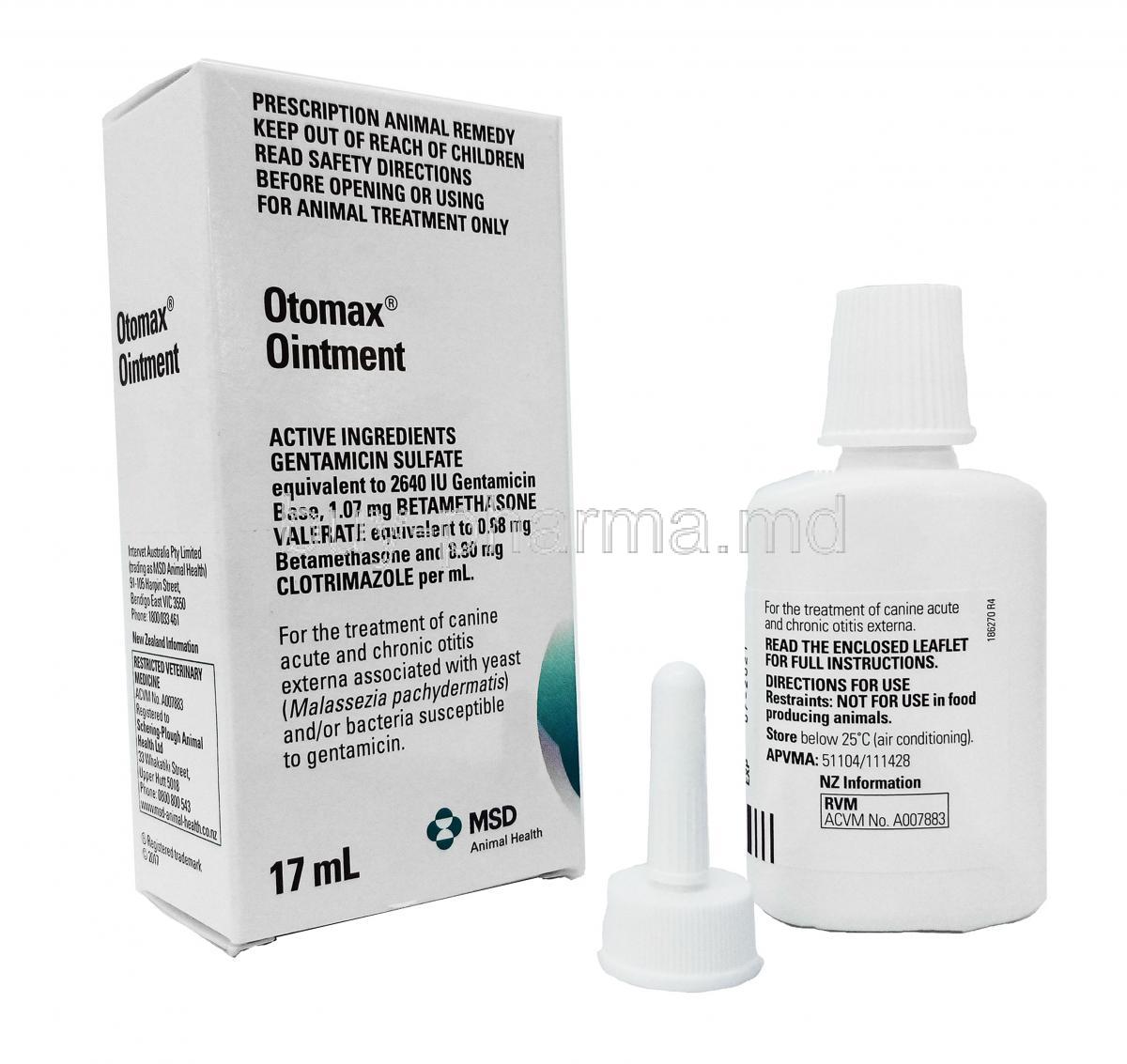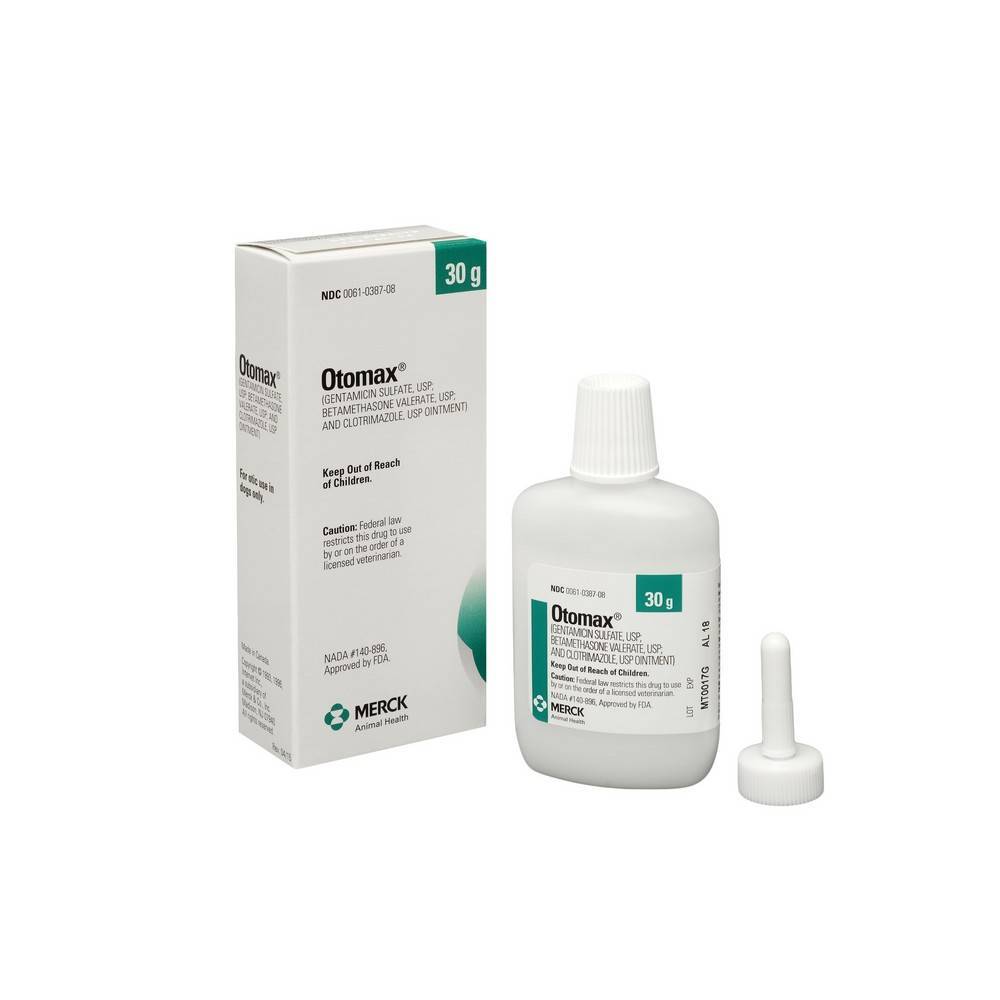


No commercially available topical otic treatments are labeled for use with a non-intact tympanic membrane, but most of them have been used to treat otic infections in dogs with otitis media. Cytologically monitor your patient's response to these medications at each reevaluation and adjust the topical therapy accordingly. The advantage of topical therapy is that you can achieve 100 to 1,000 times the plasma level of the antimicrobial agent by administering it topically. Remember, culture and sensitivity testing results indicate the plasma level of an antimicrobial agent. Rely on your cytology results to select the right active ingredient for topical use. Topical otic preparations generally contain glucocorticoids, antibiotics, antifungals or some combination thereof in a vehicle base. Dogs with concurrent infectious otitis externa and otitis media usually require both topical and systemic antimicrobial therapy. In patients with severe infections or with long-standing chronic otitis externa, you may need to add a systemic antimicrobial agent to clear the infection in the ear tissue as well as in the lumen of the ear canal. In most cases of infectious otitis externa, topical therapy alone is enough. At each recheck, you'll be monitoring the patient's response to treatment, performing cytology, and adjusting products accordingly. Topical therapy is almost always a staple of treatment, and systemic antimicrobials may be necessary as well.

Once you've diagnosed an otic infection, it's time to put together your treatment plan.


 0 kommentar(er)
0 kommentar(er)
